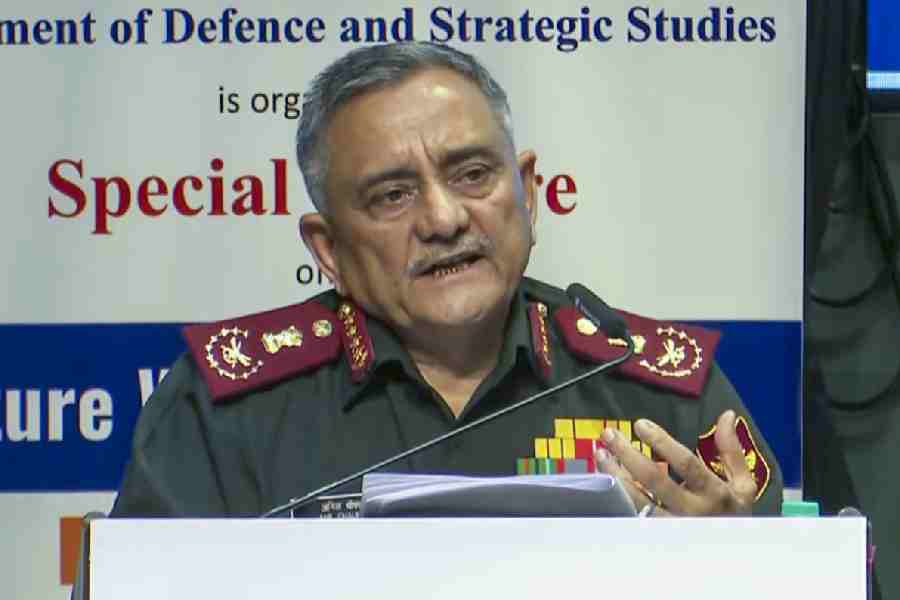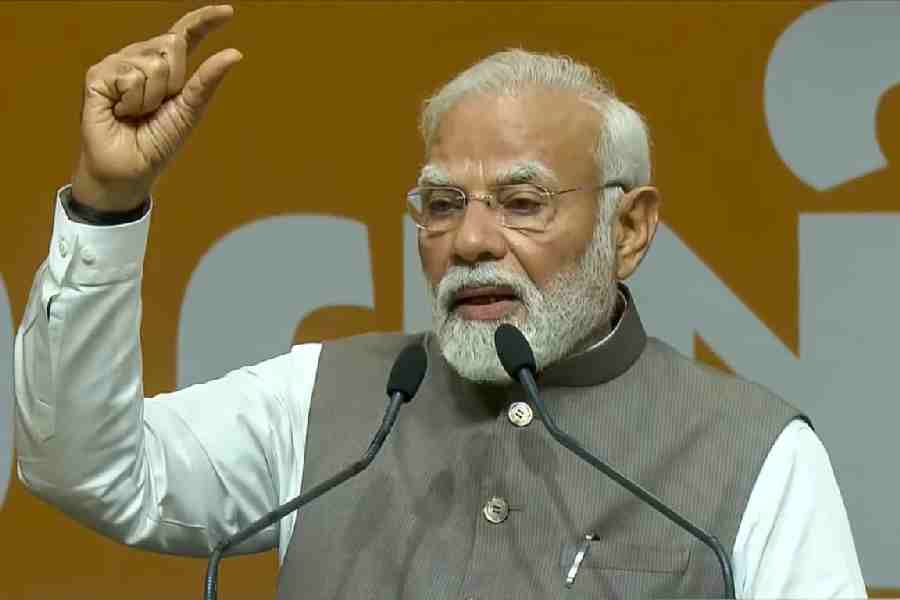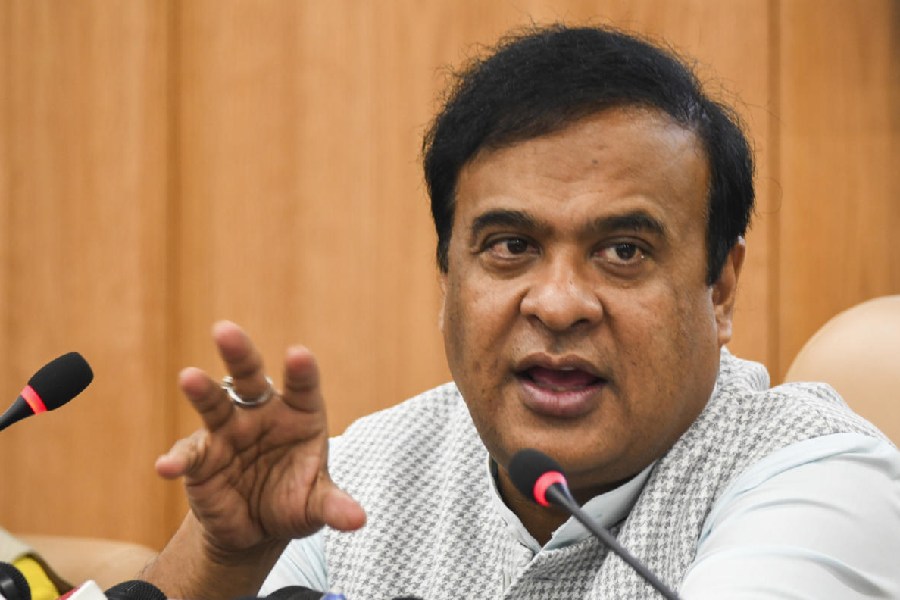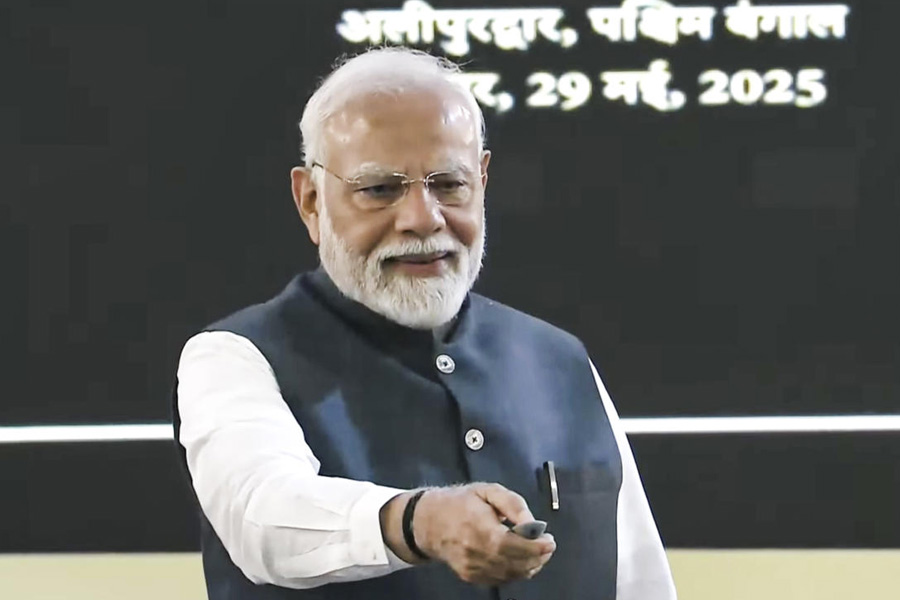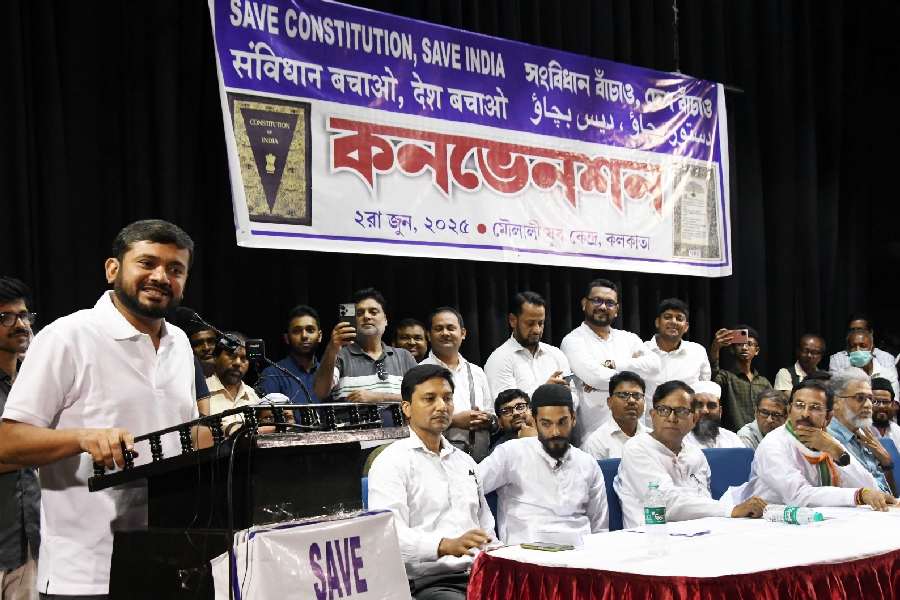 |
A retired bank employee has found out that the organs in his chest and abdomen are on the opposite side of their normal positions after visiting doctors to cure stomach pain and indigestion.
The rare congenital condition, known as Situs Inversus Totalis, in which the positions of the heart, lungs, liver, spleen and other organs are reversed (see graphic) is not usually accompanied by medical complications, though there is an enhanced risk of heart disease.
Rabindranath Nandi, 61, underwent surgery last week for removal of gall bladder stones, which were causing stomach pain and indigestion .
“His heart is on the right side, while his liver and spleen, which are normally on the right, are on the left. The right colon and appendix are on the left while the stomach is on the right side,” said Ramesh Agarwal, a laparoscopic surgeon who led a team that removed the stones at Woodlands Hospital.
“It is an uncommon feature. Situs Inversus Totalis increases the chance of congenital heart disease and also leads to delay in diagnosis of medical problems,” said Apurba Ghosh, the director of the Institute of Child Health, Calcutta.
“Dextrocardia, in which the heart is on the right side, is found at times but all organs on the opposite side is extremely rare,” said surgical gastroenterologist Sanjay De Bakshi.
Nandi, a resident of Kadamtala, Howrah, said he had no idea that he had the condition since he had not suffered a major ailment earlier. “While I was a child, a doctor had said after examining me that my heart was on the opposite side of the chest. But I didn’t know that all my organs are on the opposite side.”
Surgery on patients like Nandi is complicated. “Because of the abnormal positioning of the blood vessels, there is a chance of the vessels and the bile duct getting damaged,” said Agarwal.
Before operating, the doctors drew a mirror image of the organs on a sheet of paper. “Normally, the right hand of a surgeon is active. In this case, the surgery had to be performed with the left hand, which posed a technical difficulty,” said Agarwal.
A special ultrasonic scalpel was used to cut without causing bleeding. A high-definition camera and special monitors were also used for the three-hour operation.


